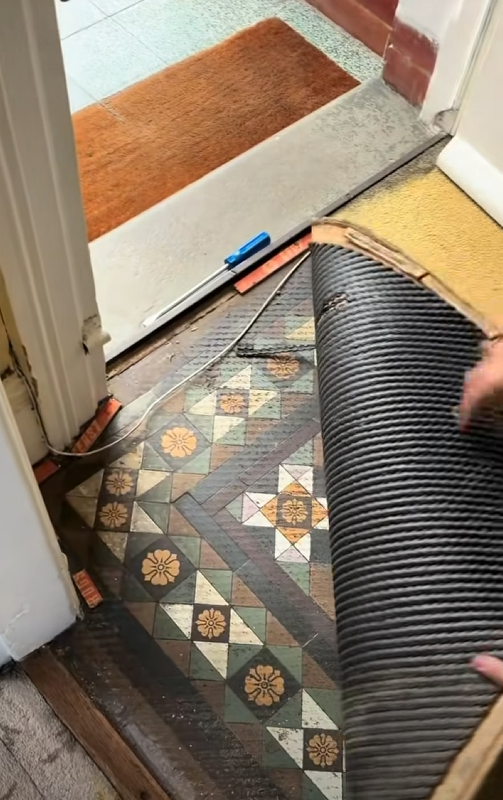When it comes to interior design, few elements capture elegance and history quite like Victorian floors. These intricate surfaces, often made from richly colored tiles or patterned wood, tell stories of craftsmanship, luxury, and enduring beauty. Whether you live in a period property or a modern home, adding a Victorian-inspired floor can transform your space with timeless character.
The Origins of Victorian Flooring
Victorian flooring emerged in the 19th century, during Queen Victoria’s reign (1837–1901), when design became a symbol of social status. Advances in manufacturing allowed homeowners to decorate their houses with ornate materials once reserved for the wealthy. Encaustic and geometric tiles—crafted from clay and fired with permanent pigments—became extremely popular. They were durable, easy to clean, and filled hallways, porches, and bathrooms with intricate patterns that reflected prosperity and taste.
Iconic Materials and Patterns
Classic Victorian tile floors usually feature bold geometric shapes: octagons, hexagons, stars, and squares arranged in repeating motifs. Common colors included deep reds, creams, blacks, and muted blues, creating harmony without overwhelming the eye. Many floors combined encaustic tiles (with color all the way through the clay) and plain ones to form borders or central medallions.
In wooden floors, parquet patterns such as herringbone or chevron were highly fashionable. Oak and mahogany were preferred for their warm tones and durability. These woods added texture and depth to drawing rooms and grand halls, balancing the cool surfaces of marble fireplaces and plaster walls.
Victorian Floors in Modern Homes
Today, Victorian-style flooring is making a strong comeback. Homeowners appreciate the balance of artistry and practicality. Modern reproductions of encaustic tiles are available in porcelain or cement, offering the same vintage look with easier maintenance. Installing them in entryways, kitchens, or bathrooms instantly adds historical charm and visual interest.
For those who prefer a warmer aesthetic, engineered wood in herringbone patterns provides the vintage appeal without the fragility of old parquet. When paired with deep wall colors, ornate mirrors, and brass accents, Victorian floors can fit seamlessly into both traditional and contemporary interiors.
Caring for Victorian Floors
Proper maintenance preserves their beauty for decades. Regular sweeping and gentle cleaning with pH-neutral solutions prevent wear. For original tiles, avoid harsh chemicals, as they can erode the glaze or pigments. Applying a sealant helps protect the surface from moisture and staining. With care, these floors can last a lifetime—often becoming the most admired feature of a home.
A Lasting Legacy
Victorian floors remain more than just decoration; they’re a statement of artistry and permanence. Their rich history, geometric precision, and tactile beauty continue to inspire designers around the world. Whether you restore an original pattern or install a modern reproduction, embracing the Victorian aesthetic brings a sense of tradition, craftsmanship, and timeless elegance underfoot.

Leave a Reply